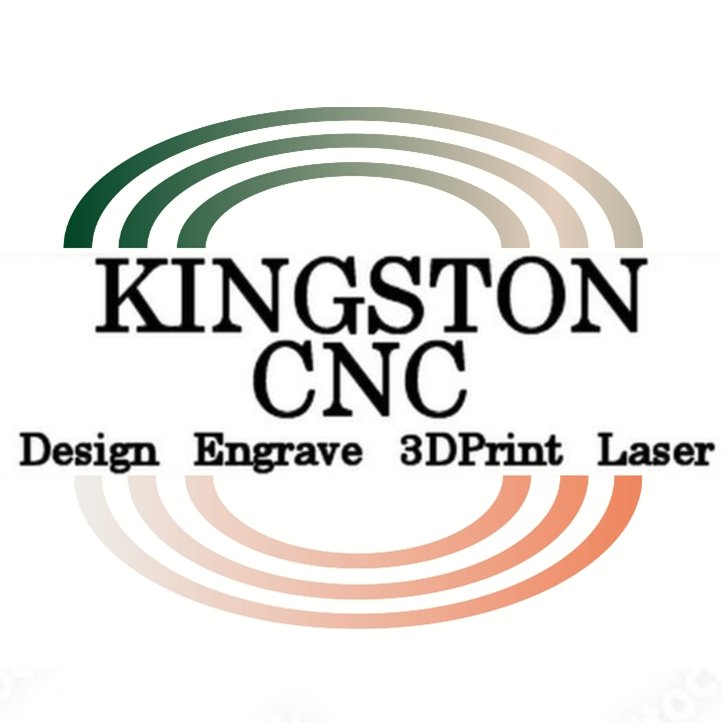Improving 3D Printed Part Quality
Improving 3D Printed
Part Quality
To improve the quality of your 3D printer prints, there are several factors to consider and steps you can take. Here are some tips to help you enhance the overall print quality:
- Calibrate your printer: Make sure your printer is properly calibrated to ensure accurate movement and extrusion. Calibration involves adjusting parameters such as bed leveling, nozzle height, and extruder steps/mm.
- Use high-quality filament: Choose reliable and high-quality filament from reputable manufacturers. Inferior quality filament can cause issues like inconsistent extrusion, clogging, and poor adhesion.
- Optimize print settings: Adjust the settings in your slicing software to optimize the print quality. Key settings to consider include layer height, print speed, temperature, infill density, and support structures. Experiment with different settings to find the right balance for your specific prints.
- Maintain proper bed adhesion: Ensure that the print bed is clean and properly leveled. Use adhesion aids like blue painter’s tape, a heated bed, or specialized bed adhesion products like glue sticks, hairspray, or PEI sheets. This helps prevent warping and improves print stability.
- Check and clean the nozzle: Regularly inspect the nozzle for any debris or clogs. Clean it using a small wire brush or by using a cold pull method to remove any filament residues. A clean nozzle ensures consistent extrusion and prevents print defects.
- Reduce vibrations and wobbling: Place your printer on a stable surface to minimize vibrations. Consider adding dampening mechanisms like silicone pads or anti-vibration mounts to reduce the impact of vibrations on print quality.
- Optimize cooling: Proper cooling is crucial, especially for overhangs and bridges. Ensure that your printer’s cooling fan(s) are functioning correctly, and adjust the cooling settings in your slicer software to achieve optimal cooling for different parts of the print.
- Consider print orientation and supports: Experiment with different print orientations to minimize the need for supports or to achieve better surface quality. When supports are required, use optimized support structures and consider post-processing techniques to remove them effectively.
- Upgrade hardware: Depending on your printer model, consider upgrading certain components like the hot end, extruder, or stepper drivers. These upgrades can improve overall performance and print quality.
- Post-processing techniques: After printing, you can improve the surface finish by using techniques like sanding, filling, and painting. Additionally, consider using specialized post-processing tools like a filament smoothing pen or UV curing to enhance the visual appeal of your prints.
Remember that achieving optimal print quality often involves a process of experimentation and adjustment. It is advisable to keep a record of the changes you make and the results obtained to help refine your printing settings and techniques over time.

No comments yet.